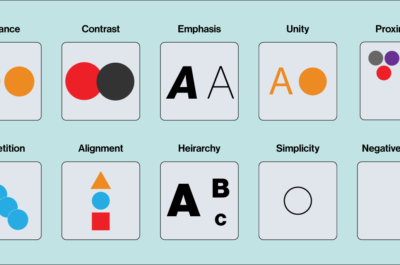Searching the phrase “Principles of Communication” yields a considerable and daunting variety of results. Not terribly helpful! Results include “The 3 Principles of Communication” all the way up to “The 16 Principles of Communication” You will find the 3Ps, the 3Cs, the 5Ps, the 5Cs and the 3S’s of Communication.
And this is just on the first page.
There is no consensus or single unifying theory around the most important principles of communication. A quick scan of search results yields 47 different principles!
So I promise not to pile on to this chaotic clutter of confusing “Top 5 or 10 or 20” lists! None of these are one-size-fits-all solutions anyway. Different companies, different messages, different audiences, different desired results, all require different strategies.
So, where do we begin?
I’m a big fan of simple, adaptable frameworks for understanding and answering design and communications questions. Concise, clear guidelines can lead us to the best decisions, without confining ourselves to fixed lists of dos and don’ts.
And so, I offer this elegant little equation:
Communication + Connection = Transformation
We communicate for a reason. Usually, that reason is to be heard and understood.
Why do we need to be heard and understood? In many realms—whether business, art, or life—communication is used to create a change in state, typically in those receiving the communication. But the communicator can be affected as well. Ideally, both communicator and audience will be changed. Whether we are seeking an answer to a simple question or persuading someone to purchase expensive artwork, the desired result is some degree of change.
In the middle of our equation lies the word “connection.” This is truly the crux of effective communications. If there is no connection to your audience, you are unlikely to facilitate transformation; your message falls on deaf ears, becoming pointless.

Choosing the word “transformation” at the end of our equation, rather than “change,” implies a result of growth, understanding and awareness versus a suggestion of coercion or a perspective forced from one side to the other. Transformation can be multi-directional, expanding both communicator and audience. That is a positive summation!
But as with all good equations, this only works when things add up properly.
So when considering your next communication project—whether it’s a newsletter, a work of art, an advertisement, or a lecture—instead of searching for yet another “top whatever” list, remember to apply this communication equation.
Give each component of the equation some thought (and a good dose of critical thinking) and you will create a better message, one that can transform both messenger and receiver and, who knows, maybe even the world.
The sum of the equation can indeed be greater than its parts.





